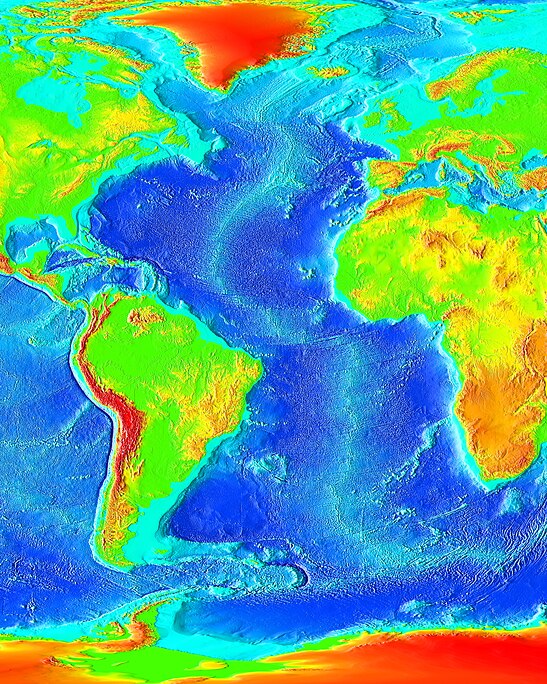I ordered a dvd for my neighbor, so im not sure if they got it!
Any chance you could find out ?
I ordered a dvd for my neighbor, so im not sure if they got it!

As opposed to a river running uphill??
Yes.
Get a big tube and plonk it on a hill
Run water down it from the top.
Swim up as fast as you can holding your breath
Depends how big the hill is, how long you can hold your breath and how fast you can swim as to if you can do it. But it can be done!
Well, if you are able to build a sloping pool, then maybe anything is possible!


that doesn't count, because obviously we're speaking relative to earth.



If the water were obeying conventional gravity it would flow downhill, and therefore you would be swimming against a current. If the hill had its own gravitational field (cant believe we're discussing this...) and the water were stationary, then you too would be affected by said field, and there would be no change to normal behaviour.
If.... if the pool were stationary but you still obeyed gravity, then some twit probably divided by zero and you have far worse problems.

read through and didnt see anyone reply and fancied my chances for virtual cookie. is the other reason seas hilly because of air pressure from changing weather?


Dear god just let it lie this thread is almost as awkward as me walking into a party where it's emos only

Only the tards on OCUK could produce a thread arguing the validity of swimming up a slope




